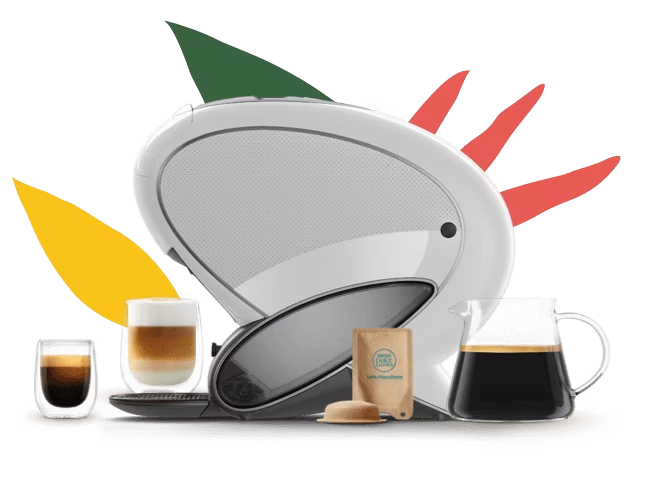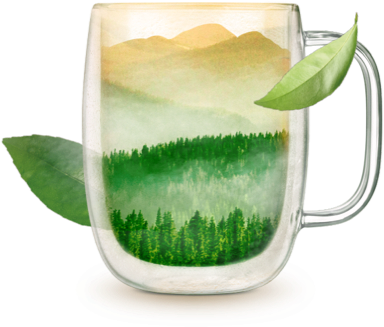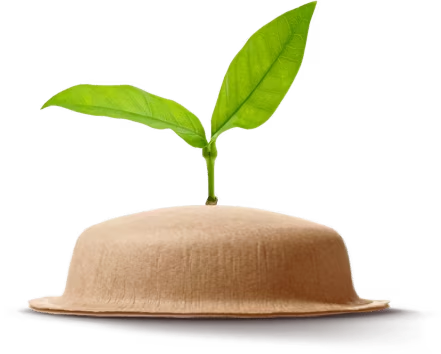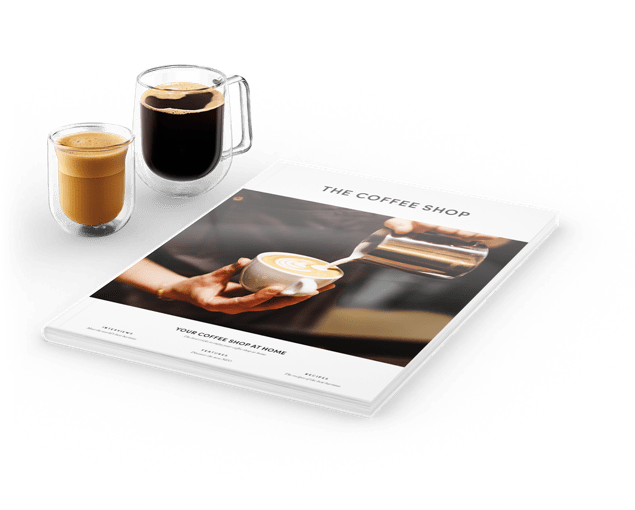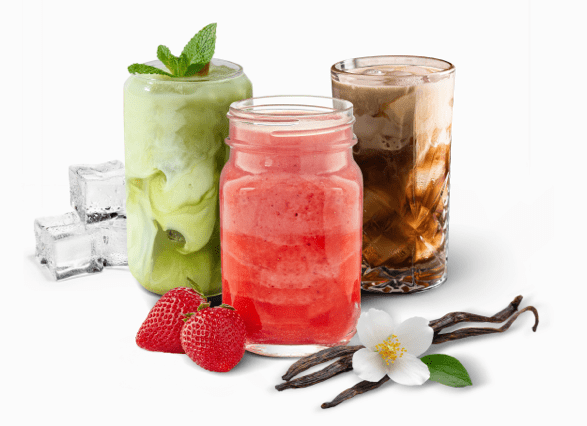What Are The 4 Types of Coffee Beans?
Curious about the secret behind your favourite coffee? Whether you prefer the convenience of coffee pods, instant coffee, or have a ritual of grinding fresh coffee beans, it all starts with the beans themselves.
But do you know your Arabica from your Robusta, Liberica, or Excelsa? Let's explore these widely recognised coffee bean varieties, discover their unique qualities below, and really get to know what coffee bean (or seed, technically!) is in your cup.
Arabica coffee
Also, it's important to note that "acidic" in coffee doesn't necessarily mean sour or unpleasant. Instead, it refers to a specific taste quality that can range from bright and citrusy to wine-like and berry-like. Other factors that affect the taste of this coffee are genetic variation and processing methods. More importantly, there are specific brewing methods that are more suitable for making Arabica coffee. These include:
- Pour Over: This involves slowly pouring hot water over coffee grounds, allowing for precise control over the brewing time and temperature. This delicate extraction process helps to preserve the bright acidity and nuanced flavours of Arabica beans.
- Aeration: This method combines immersion and pressure brewing, resulting in a clean, smooth cup with a rich flavour. It's great for highlighting the subtle notes of Arabica beans without overpowering them.
- French Press: While traditionally associated with Robusta beans, the French Press can also be used with Arabica beans, especially for darker roasts. The longer brewing time allows for a fuller extraction of the beans' flavour and body.
Arabica coffee beans are primarily grown in regions with specific climatic conditions, including high altitudes and rich volcanic soil. Some of the most renowned origins include East Africa, Central & South America as well as Southeast Asia. They also have several distinct subspecies, mainly referred to as Typica and Bourbon. It's important to note that these are just a couple of the many Arabica subspecies that exist. The diversity of Arabica coffee is vast, and new varieties are constantly being developed.
Robusta coffee
- Espresso: For a classic, strong shot.
- French Press: To fully extract the bold flavours.
- Vietnamese Phin Filter: For a strong, traditional brew.
Primarily grown in Central and Western Africa (also found in Southeast Asia and South America), Robusta plants are very hardy and more resilient to pests, diseases, and harsh weather conditions compared to Arabica plants. This makes them easier to grow in various climates and are less susceptible to crop failures. These factors make Robusta coffee more economical to produce, which means it can be grown more widely and is more readily available. Find the different types of coffee from around the world in our article.
Liberica coffee
- French Press: A classic method that lets you taste the bold flavours.
- Aeration: For a smoother, more balanced cup.
- Pour Over: To highlight the subtle nuances of the bean.
Liberica is often used in blends to add complexity and depth of flavour, or it comes as a single origin coffee meaning all the beans come from the same place, resulting in a unique and consistent flavour. It is native to Western and Central Africa though also introduced to other regions like Southeast Asia and South America. So, if you like less acidic coffee, try Liberica!
Excelsa Coffee
- Pour Over: A slow and steady pour highlights the subtle flavours.
- Aeration: A quick and easy way to get a clean, smooth cup.
- French Press: For a bolder, more robust brew.
It's like the gourmet version of coffee! To be considered specialty coffee, it must meet high standards, and, in this instance, Excelsa coffee meets those standards. Its unique characteristics and limited availability make it niche and therefore special. Excelsa beans set them apart from other coffee varieties. Originating from Southeast Asia and Central Africa making it a sought-after specialty coffee. So, if you’d like to try something different, new, try Excelsa coffee.
What gives different beans their unique flavour?
- Altitude: Higher altitudes, cooler temperatures and slower growth allow the beans to develop a more complex and flavourful profile. It's like a slow-cooked meal - the longer the cooking time, the richer the flavour.
- Soil: The minerals and nutrients in the soil are absorbed by the coffee plant, influencing the final taste of the bean. Volcanic soil, for example, is rich in minerals and can produce coffee with bright acidity and fruity notes. On the other hand, clay-based soils can lead to coffees with a heavier body and earthy flavours. Climate: Climate conditions, such as temperature and rainfall, can impact bean quality. Too hot, and the beans might ripen too quickly, leading to a less complex flavour. Too cold, and the beans might not ripen fully, affecting sweetness and acidity. Too much rain can lead to disease and diluted flavours, while too little can cause drought stress, impacting the bean's development.
- Processing methods: Different processing methods can affect the flavour. For example:
- Washed process: It's like giving the beans a shower to remove the fruit, resulting in a clean and bright flavour.
- Natural process: The beans are dried with the fruit still on, like sun-drying tomatoes. This gives a sweeter, fruitier taste.
- Honey process: A middle ground, where some of the fruit is removed, leading to a balanced flavour.

















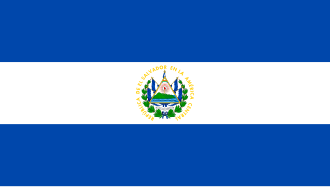























































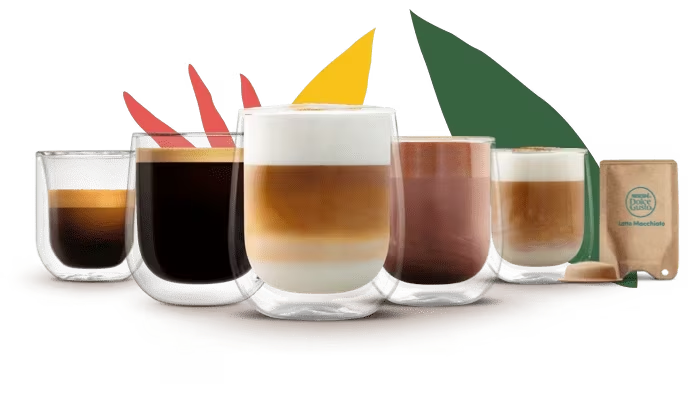
 Quick re-order
Quick re-order



 Machine Help Centre
Machine Help Centre
